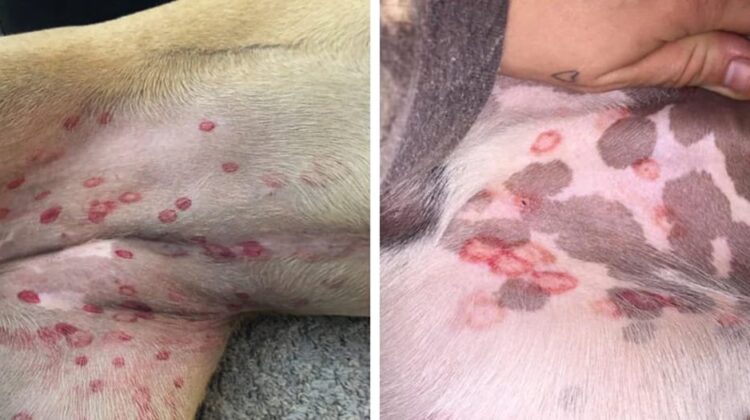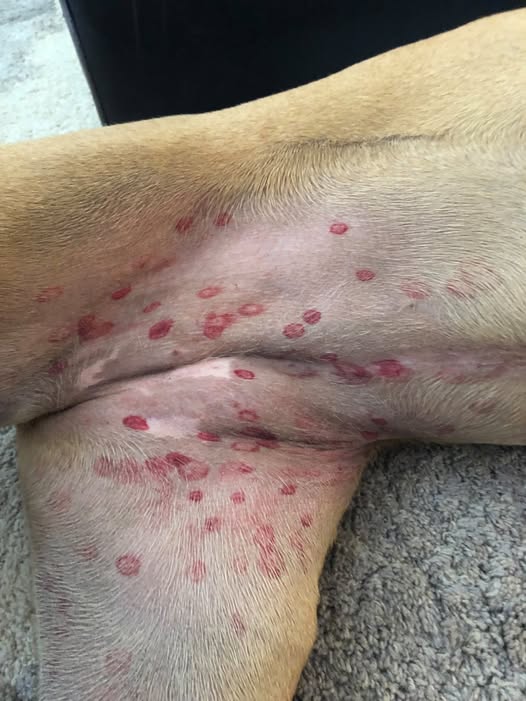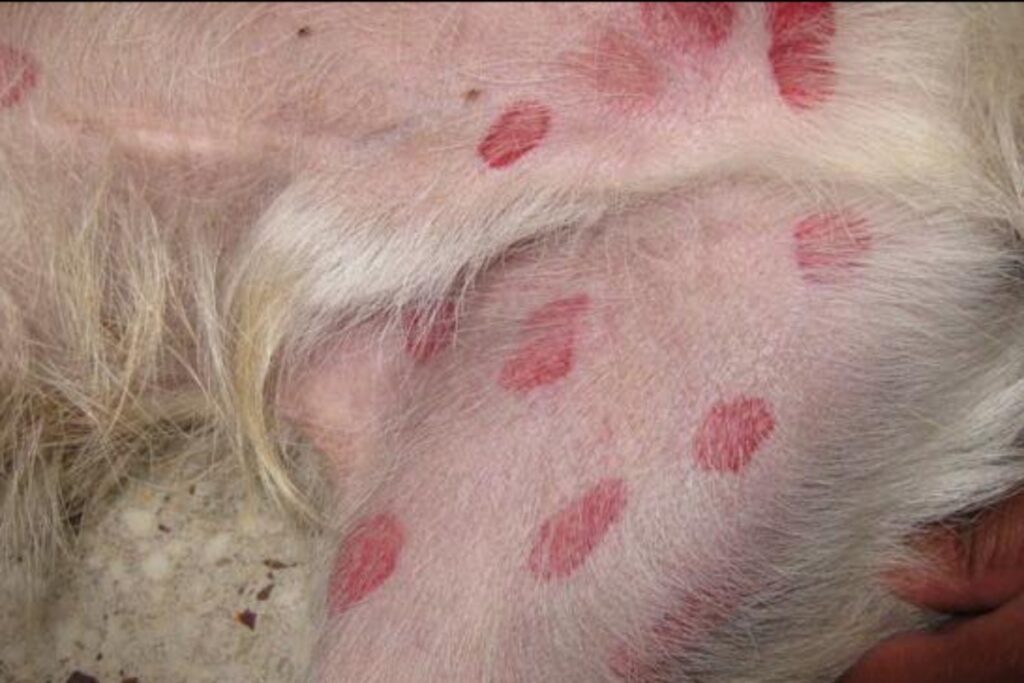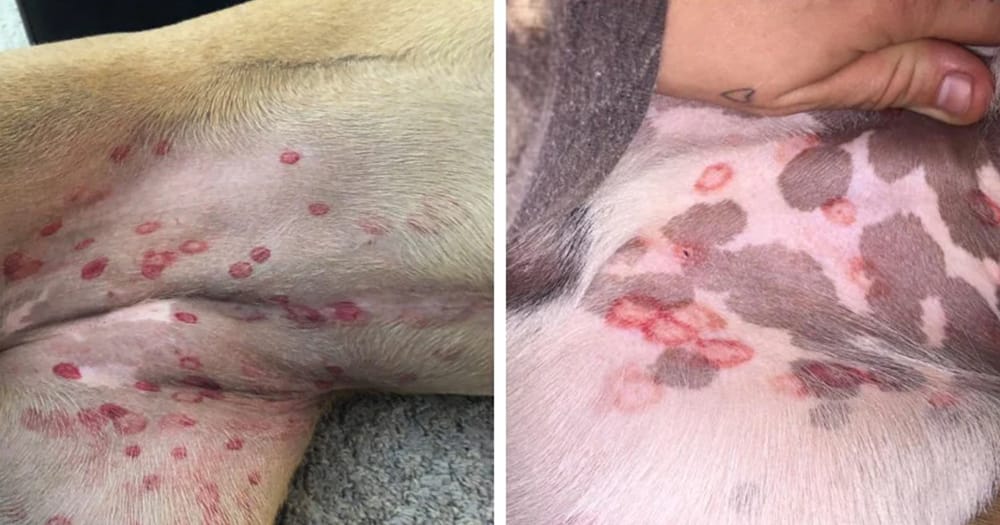
If you’ve ever spotted red, angry-looking circles on your dog’s stomach, your first instinct might be to panic and rush them to the vet. But before you do, take a deep breath—these bites might not be as alarming as they seem. In fact, a recent revelation from a veterinary clinic has shed light on this common issue, and the explanation might surprise you.
In this article, we’ll dive into why these red bites appear, what causes them, and whether they’re something to worry about. Plus, we’ll share expert advice on how to handle them and when it’s time to consult a vet. Let’s get started!
What Causes Red Bites on Dogs’ Stomachs?
The Morinville Veterinary Clinic in Alberta, Canada, recently addressed this concern in a viral Facebook post. According to the clinic, those red marks on your dog’s belly are likely fly bites, specifically from black flies. These tiny pests are common in North America, especially during the spring months.
Black flies are attracted to dogs when they lay in the grass, and their bites can leave behind red, circular marks that look worse than they actually are. The good news? These bites are usually harmless and heal on their own without any treatment.

Why You Shouldn’t Panic About Fly Bites
While the bites may look alarming, they’re typically nothing to worry about. The Morinville Veterinary Clinic reassured pet owners that these marks are a seasonal issue and tend to disappear within a few weeks.
Here’s what the clinic shared:
“These are a type of fly bite, and dogs generally get them from laying in the grass. They look terrible, but usually do not bother the dogs. They heal quickly on their own and do not require any treatment.”
This revelation has brought relief to countless pet owners who were worried about costly vet visits. One Facebook user commented:
“Thank you for the information. I was just getting ready to run out to the vet and spend a good $200 I really don’t have.”

When Should You Be Concerned?
While fly bites are generally harmless, it’s important to stay vigilant. Similar-looking marks could be caused by other pests, allergies, or even skin infections.
Michael San Filippo, a spokesperson for the American Veterinary Medical Association (AVMA), advises pet owners to monitor their dogs closely:
“Bites from these flies on dogs are usually harmless, but we’d caution pet owners not to ignore or downplay these kinds of bites, as there may be other causes that could indicate more of a threat to our pets.”
If you notice any of the following, it’s time to consult your vet:
- The bites don’t heal within a few weeks.
- Your dog is scratching or licking the area excessively.
- The bites appear swollen, infected, or oozing.
- Your dog shows signs of discomfort or changes in behavior.

How to Protect Your Dog from Fly Bites
Prevention is always better than cure. Here are some tips to keep your furry friend safe from black flies and other pests:
- Avoid Peak Fly Hours: Black flies are most active during dawn and dusk. Keep your dog indoors during these times.
- Use Pet-Safe Repellents: Look for vet-approved insect repellents designed for dogs.
- Keep Your Yard Clean: Regularly mow the lawn and remove standing water to reduce fly populations.
- Invest in Protective Gear: Consider using dog-safe fly repellent bands or vests.
The Bottom Line
Red bites on your dog’s stomach are often just fly bites and nothing to lose sleep over. However, it’s always better to err on the side of caution. Keep an eye on your pet, and if anything seems off, don’t hesitate to reach out to your vet.
By staying informed and proactive, you can ensure your dog stays happy, healthy, and bite-free!

Leave a Reply